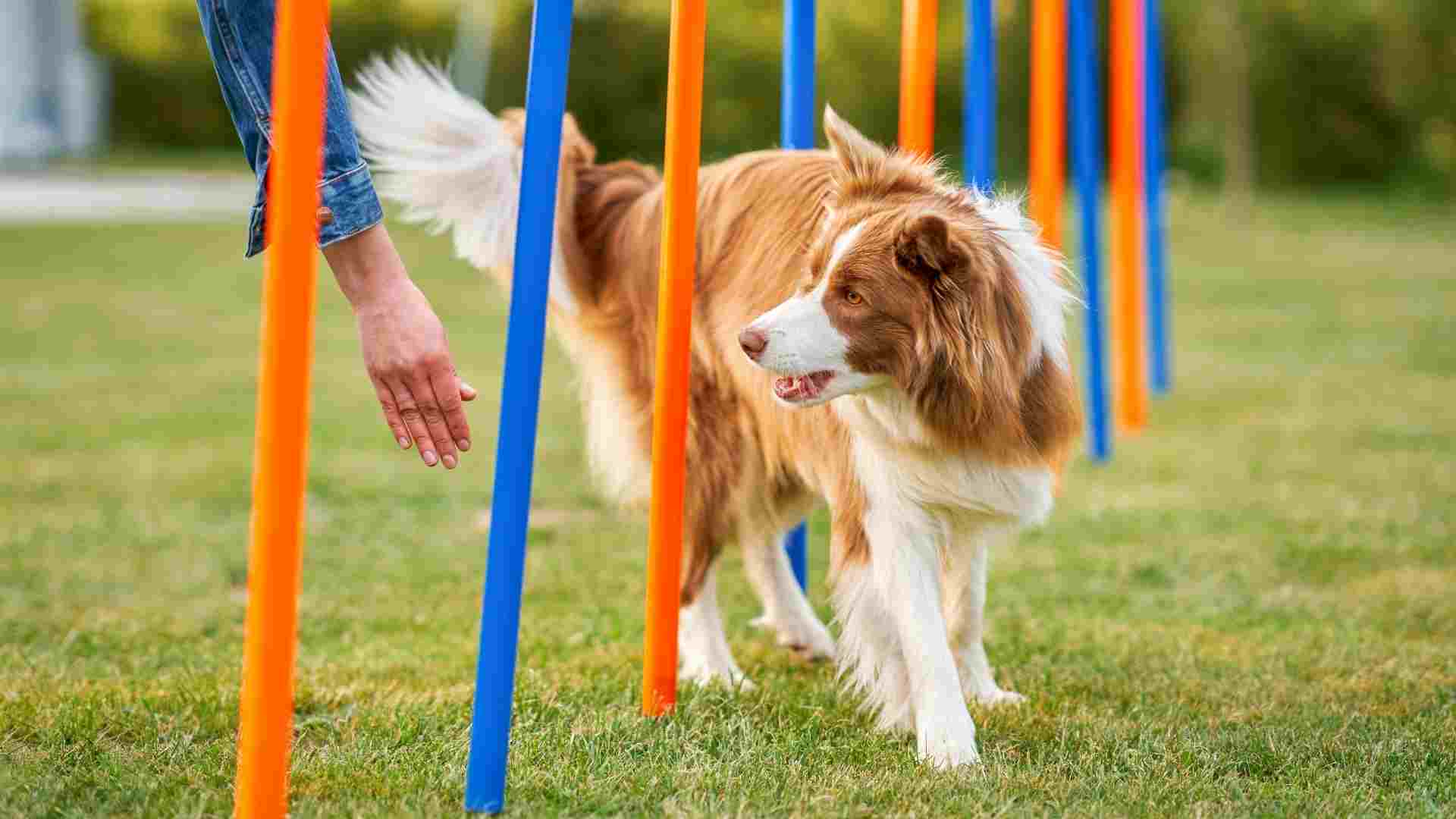“Turn left!” “Go right!” Sounds easy enough—unless you’re trying to get your dog to follow along. While most dogs understand basic commands like “sit” and “stay,” there’s a special group of canine geniuses that can grasp directional cues like “left” and “right” with impressive accuracy.
These aren’t just your average good boys—they’re four-legged navigators, agility champs, and working partners who can zig when you zag and turn on a dime.
From competitive obedience circuits to real-world jobs like herding or guiding, these dogs show off a level of trainability and spatial awareness that’s downright inspiring (and honestly, smarter than some humans behind the wheel).
Whether you’re dreaming of agility competitions, need a service dog, or just want a walking partner who doesn’t tangle your leash every five feet—these breeds get it.
So if you’ve ever wished your pup could actually follow GPS directions, this list of directional-savvy dogs is for you. You say “left,” they go left. You say, “Right.” They don’t spin in circles. It’s magical.
Dog Breeds That Understand “Left” And “Right” Commands
1. Border Collie
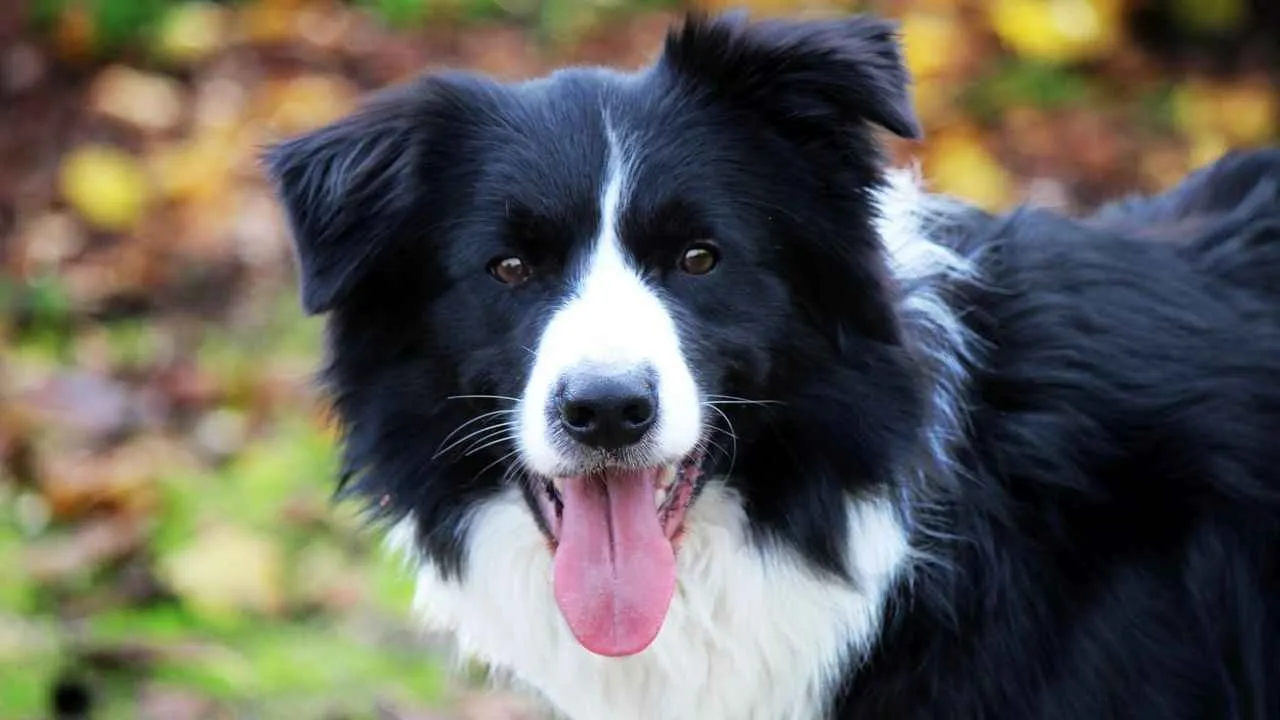
Meet the Border Collie, the brainiac of the dog world. These dogs are so sharp, if you told them to turn left while simultaneously doing a cartwheel, they’d probably manage both and still look adorable.
Originally bred to herd sheep across tricky terrain, Border Collies needed to understand precise commands—think: “Left! Now right! Back up!”—and they nailed it.
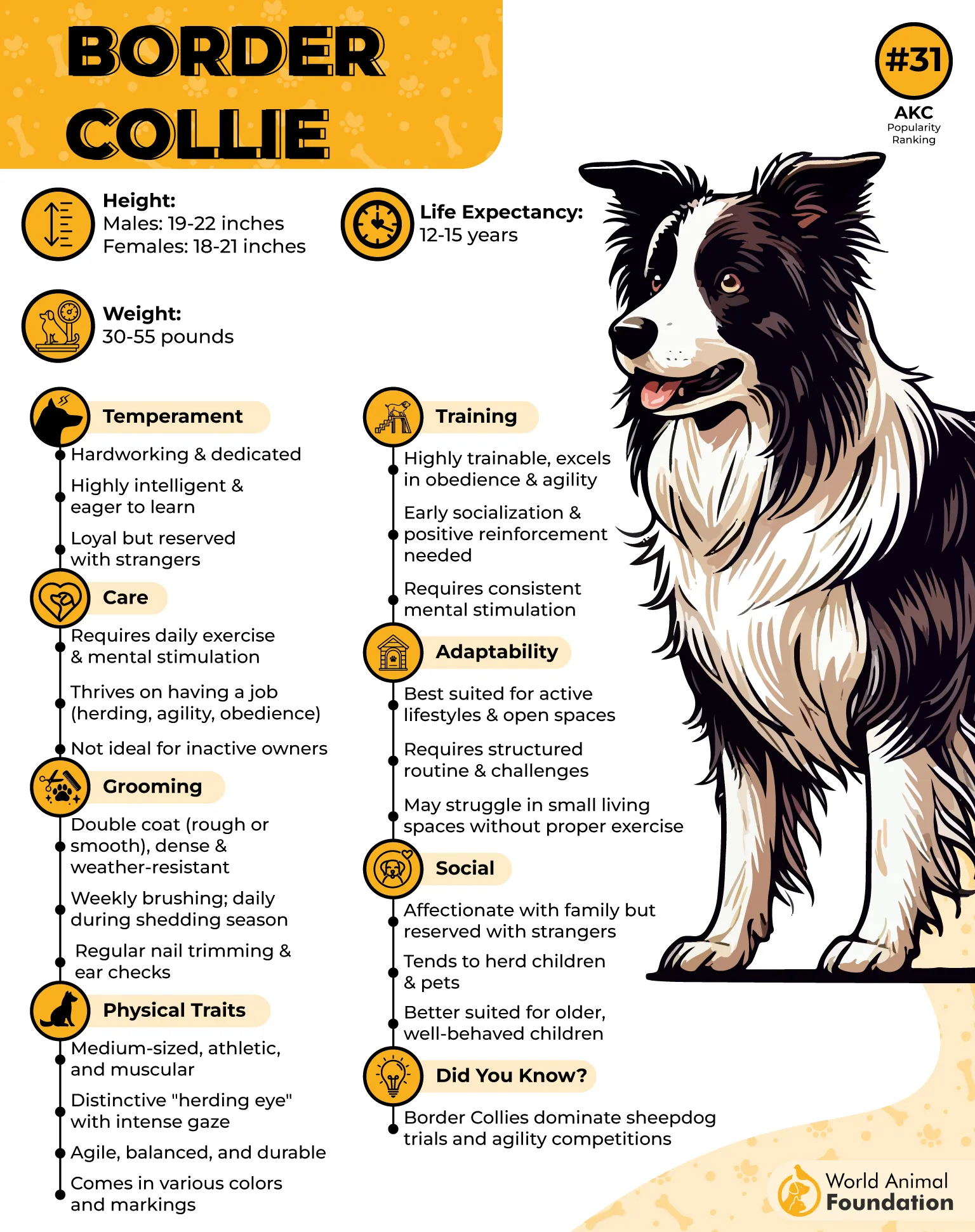
Their obsession with details makes them natural pros at “left” and “right.” So, whether you’re training an agility course or just trying to avoid the neighbor’s sprinkler, your Border Collie will have your back (and front, and sides). Bonus: their ears often perk up like tiny satellite dishes, so you know they’re tuned in.
Training Tips:
✔ Use clear hand signals paired with verbal cues—consistency is everything.
✔ Keep training sessions short to match their high focus.
✔ Create treat trails in zigzag patterns to encourage left and right turns.
Fun fact: Some Border Collies have been known to outsmart their owners on navigation, occasionally deciding their idea of left and right is better. Spoiler alert: It’s usually not.
2. Golden Retriever
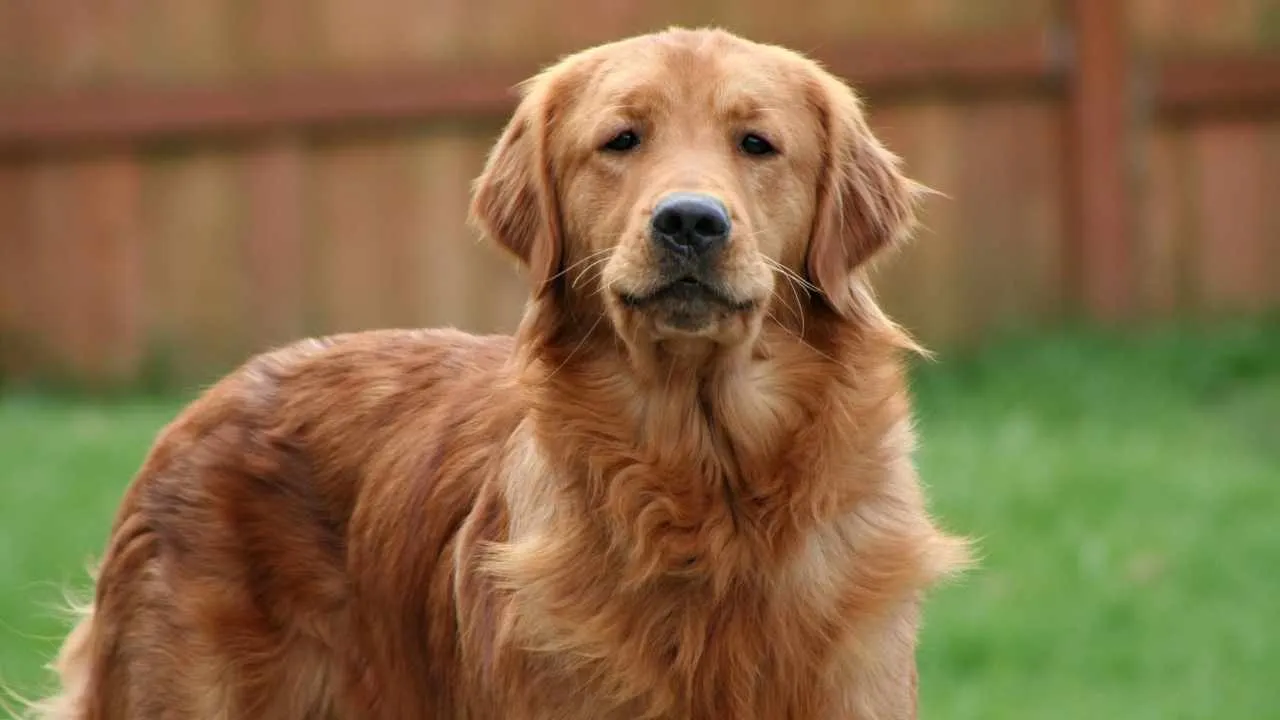
If Border Collies are the brainiacs with built-in compasses, Golden Retrievers are the lovable navigators who follow your “left” and “right” commands with a big, wagging tail and zero attitude. These sunny, friendly pups aren’t just here to fetch your slippers—they’re here to fetch the direction, too!
Golden Retrievers are known for their intelligence and empathy, often excelling as service or therapy dogs. It’s no wonder they rank among the top ten most popular breeds in the United States!
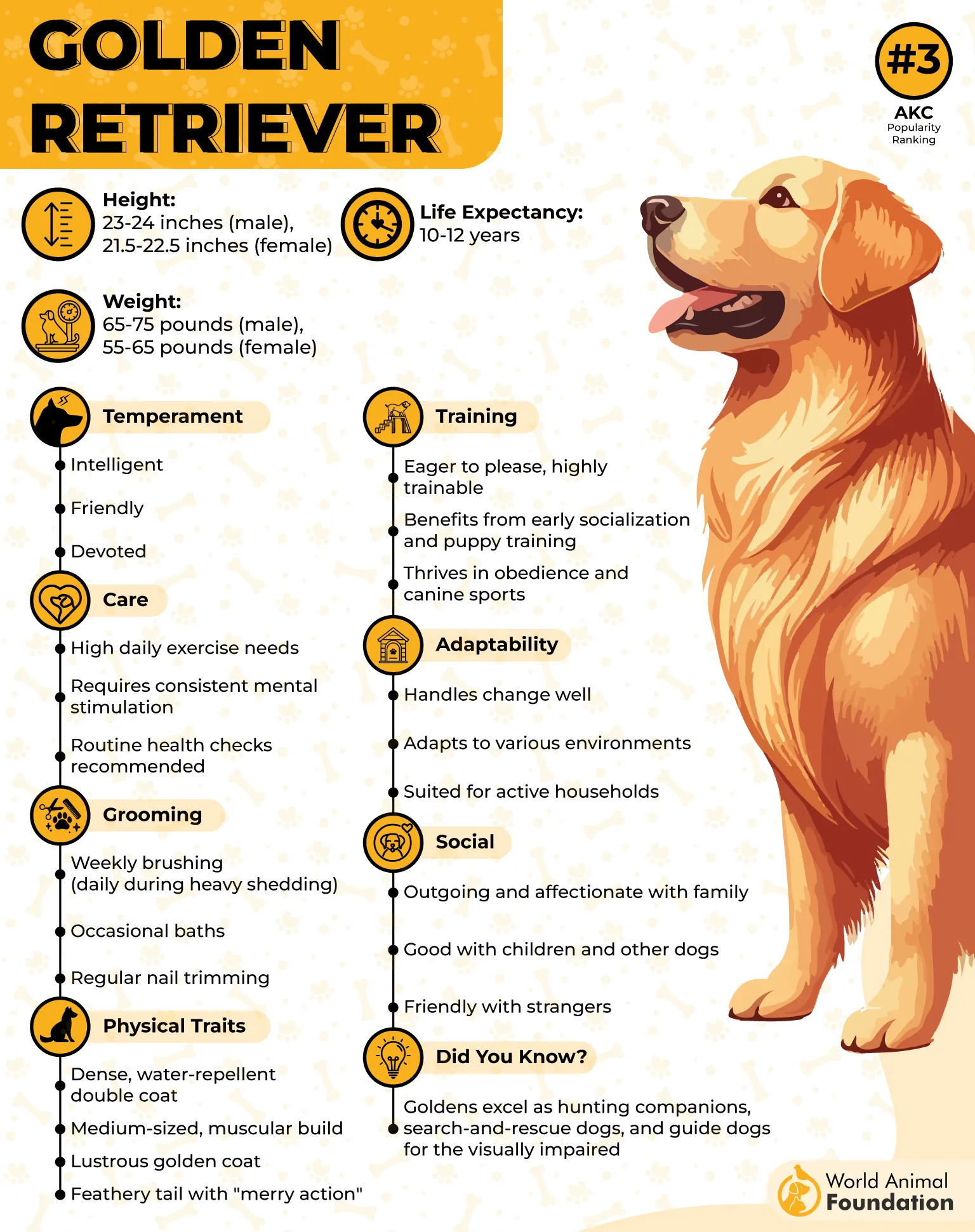
Golden Retrievers are famously eager to please, which means when you say “left,” they’re like, “Left it is! Right behind you!” They might not execute turns with the laser precision of a Border Collie, but their enthusiasm and willingness to learn make up for it in pure, golden charm.
Their gentle patience and kindness make them wonderful companions for children, while their adaptable nature allows them to thrive in a variety of living situations—from cozy suburban homes to active outdoor lifestyles.
Plus, with their “I’m your best friend forever” vibe, they make the whole navigating experience feel like a fun adventure rather than a serious mission. Just be ready for some extra tail-wagging and maybe a few happy bounces as they happily follow your lead.
Training Tips for “Left” & “Right” Commands:
✔ Use treats or favorite toys as rewards immediately after correct turns.
✔ Incorporate directional commands into fun games and walks.
✔ Practice commands in different environments to build solid understanding.
Fun fact: Golden Retrievers sometimes get so excited about following commands that they’ll happily turn left, right, AND do a little twirl for good measure—because why not make navigation a party?
3. Labrador Retriever
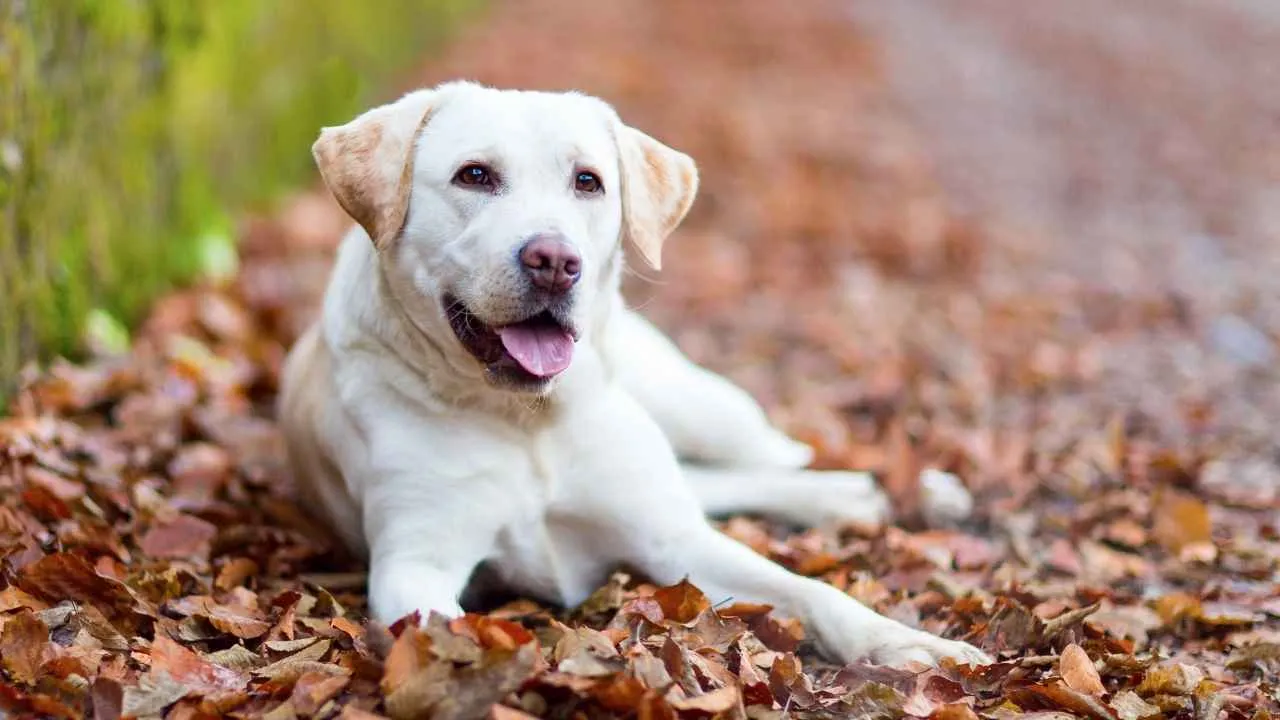
Labrador Retrievers are the ultimate team players—think of them as your furry co-captains who take “left” and “right” commands seriously… well, as seriously as a Lab can while sniffing out every interesting smell along the way.
The Labrador Retriever is among the most popular dog breeds in the U.S., and it’s easy to see why. As a medium to large sporting breed, Labs are energetic, friendly, and make wonderful family pets.
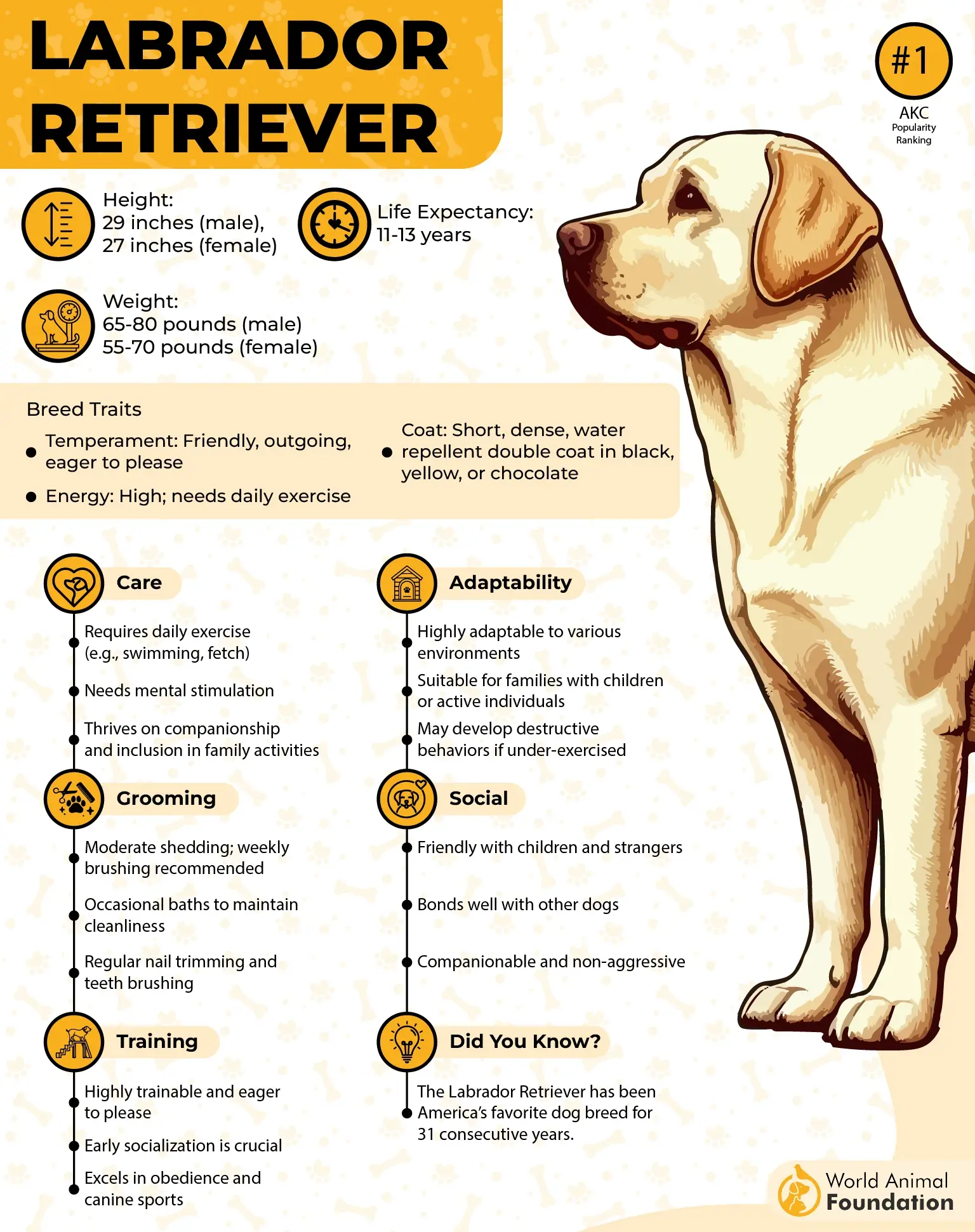
Labs are smart, eager, and endlessly enthusiastic. Labrador Retrievers are intelligent and highly eager to please, which makes them excellent candidates for specialized training as service dogs or search and rescue workers. Their gentle nature also makes them fantastic therapy dogs, providing comfort and support wherever they go.
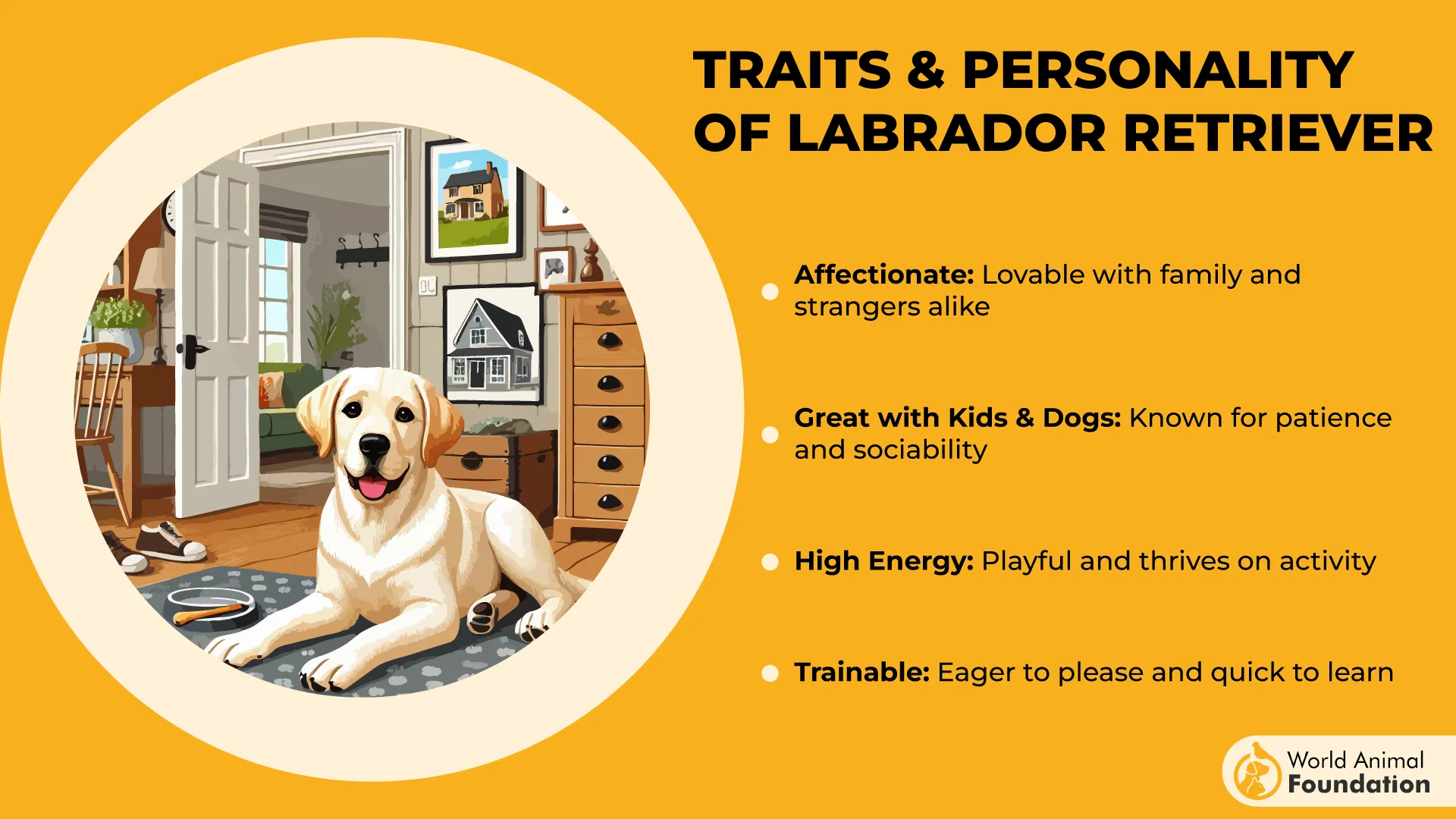
They’re not just about fetch and belly rubs; these pups can quickly learn to navigate turns and twists with you like a seasoned road trip buddy. Tell them “left,” and they’ll swing around with a wagging tail, ready to explore whatever’s up ahead.
Sure, they might get momentarily distracted by a squirrel, a patch of grass, or a mysterious puddle (a Lab’s curiosity is practically legendary), but their willingness to follow your lead is never in question.
Plus, Labs have a natural knack for reading human cues, so even if you accidentally say “right” while pointing left, they’ll probably figure it out—and forgive you.
Training Tips:
✔ Practice in low-distraction areas before adding challenges.
✔ Reward with high-value treats to keep motivation high.
✔ Incorporate directional commands into fetch or recall games.
Fun fact: Labs love a challenge, so mixing in “left” and “right” commands with some fun games or agility courses will turn training into a sniff-tastic adventure you both will enjoy.
4. Papillon
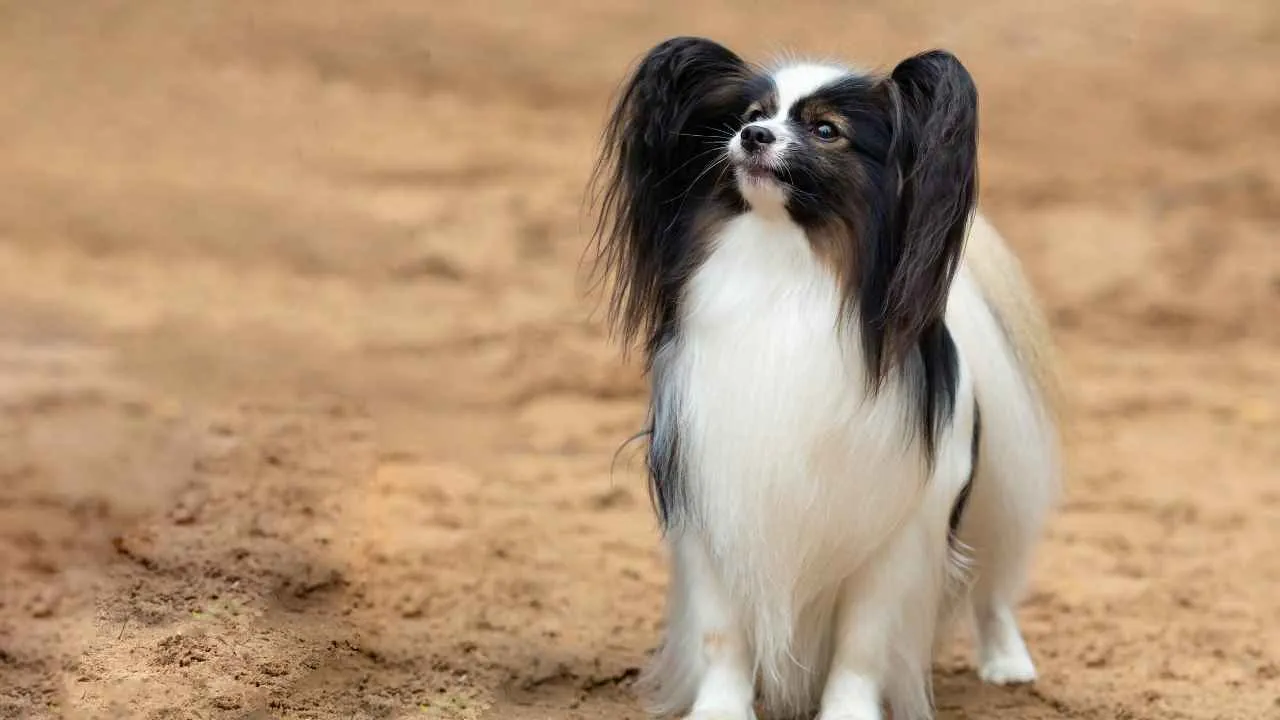
Don’t let their dainty butterfly wings (that’s what “Papillon” means!) fool you—these pint-sized pups pack a whole lot of smarts. Papillons are widely regarded as the smartest and most trainable of all toy breeds.
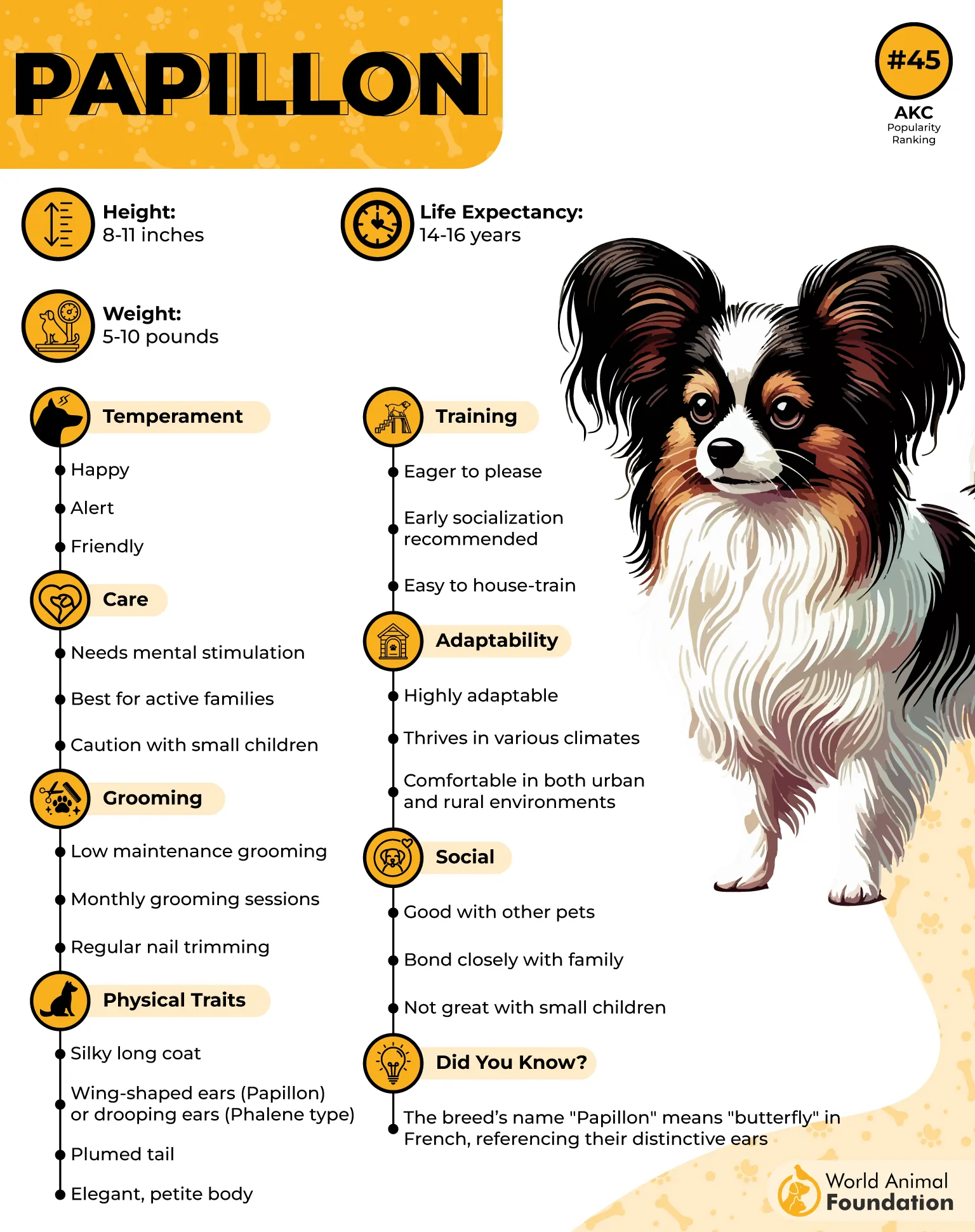
Papillons are like the brilliant little professors of the dog world who love to learn and show off their skills, including understanding “left” and “right” commands. With their keen intelligence and lightning-fast reflexes, Papillons can turn on a dime and impress you with precise moves that’d make even the most seasoned dancer jealous.
As per Britannica, their sharp intelligence, athleticism, boundless energy, and eagerness to please make them quick learners and top performers in obedience and agility competitions. They love to show off their skills and happily engage in games like fetch and retrieve.
And because they’re so eager to please, they treat your directional commands like a game, ready to prove that big brains come in small packages.
Training Tips:
✔ Use clear, consistent verbal cues combined with hand gestures.
✔ Train in short bursts to match their energetic but sometimes distractible nature.
✔ Use small treats or favorite toys as immediate rewards.
Fun fact: Papillons have been known to master complex agility courses, flipping directions so quickly you might need a compass yourself just to keep up. So if you want a pocket-sized dog who can out-navigate your GPS, this little fluffball is the way to go.
5. Shetland Sheepdog
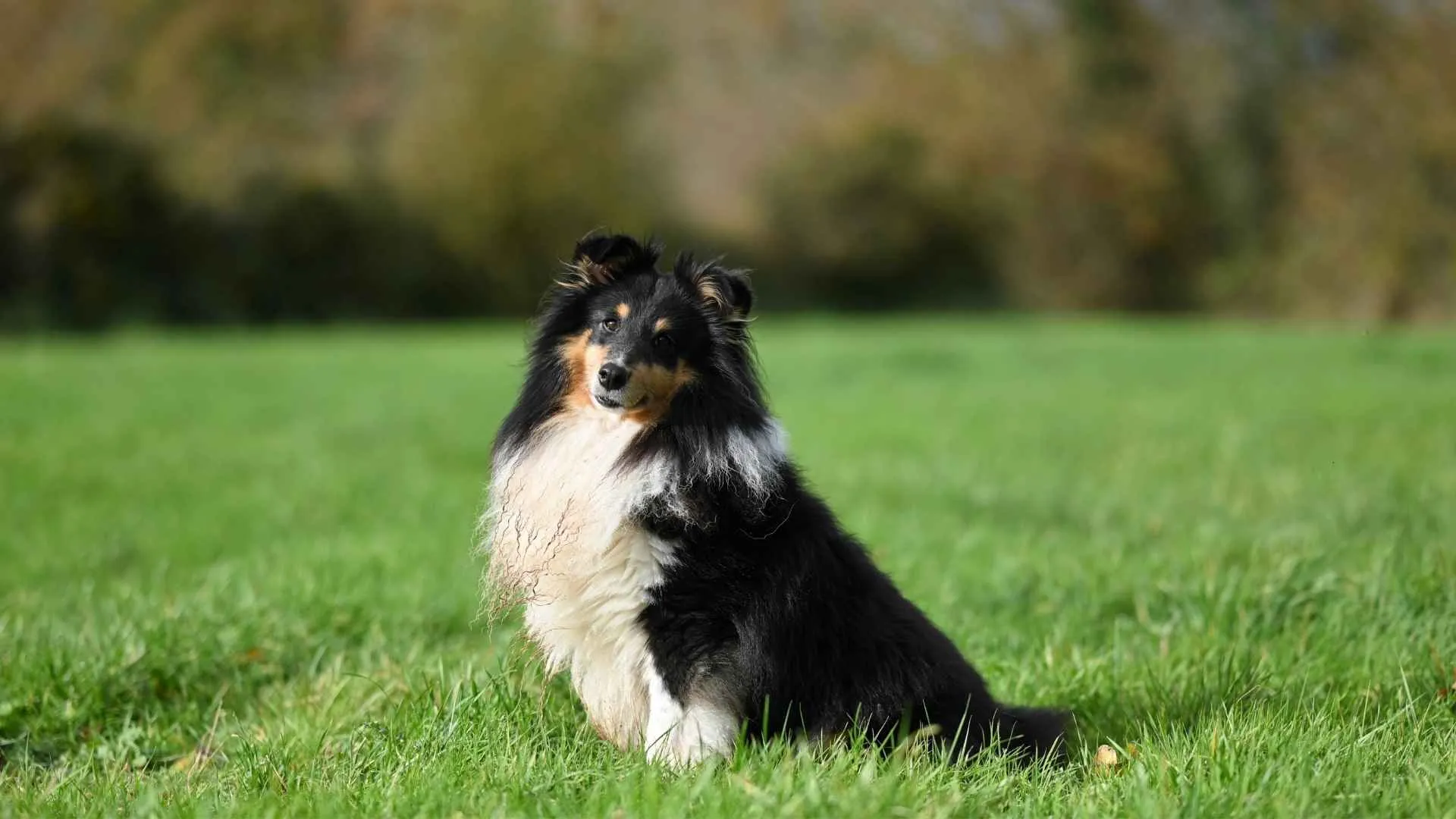
Shetland Sheepdogs, or “Shelties,” might look like adorable little fluffballs from the Scottish Isles, but don’t be fooled—they’re serious business when it comes to commands. These dogs are natural herders, which means “left,” “right,” and every nuanced twist is second nature.
Shelties typically stand between 13 and 16 inches tall and weigh from 15 to 25 pounds. Like their Collie cousins, they feature a wedge-shaped head with upright ears and sport a long, straight coat available in a variety of color patterns.
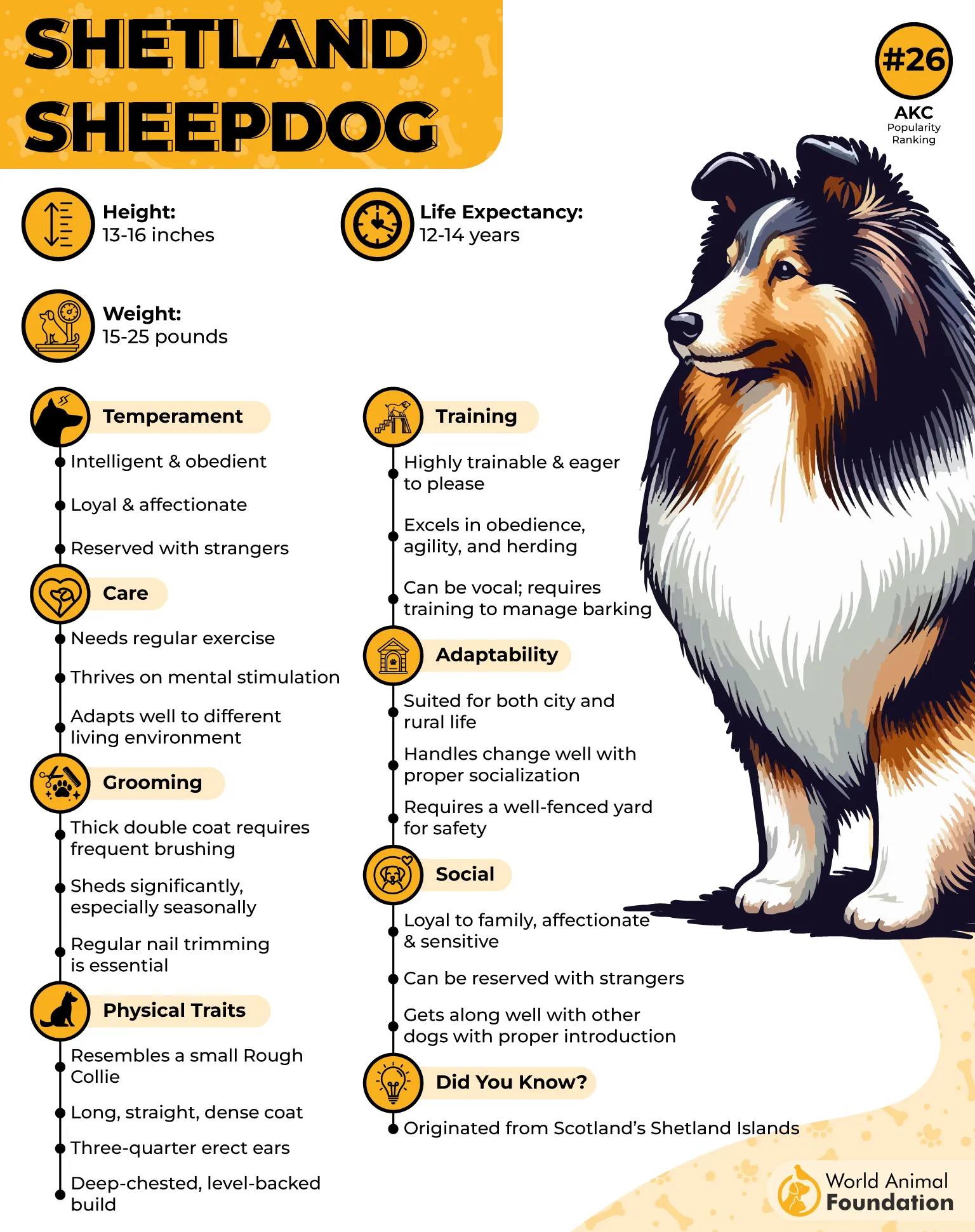
According to the American Kennel Club (AKC), smart and enthusiastic, Shelties are quick learners and top-tier competitors in obedience, agility, and herding events. With a laser focus that makes directional commands crystal clear.
They’ll follow your lead across the park, the backyard, or even an obstacle course without missing a beat—and all while looking like the cutest little sheepdog version of a personal trainer.
Training Tips:
✔ Use bright, clear hand signals combined with verbal cues.
✔ Keep sessions short and varied to match their active minds.
✔ Practice during walks and agility drills for real-life practice.
Fun fact: Because Shelties are bred to herd and respond to subtle cues, some owners joke they don’t just understand “left” and “right”—they actually know when you wish you’d taken the other turn first.
6. Miniature Schnauzer
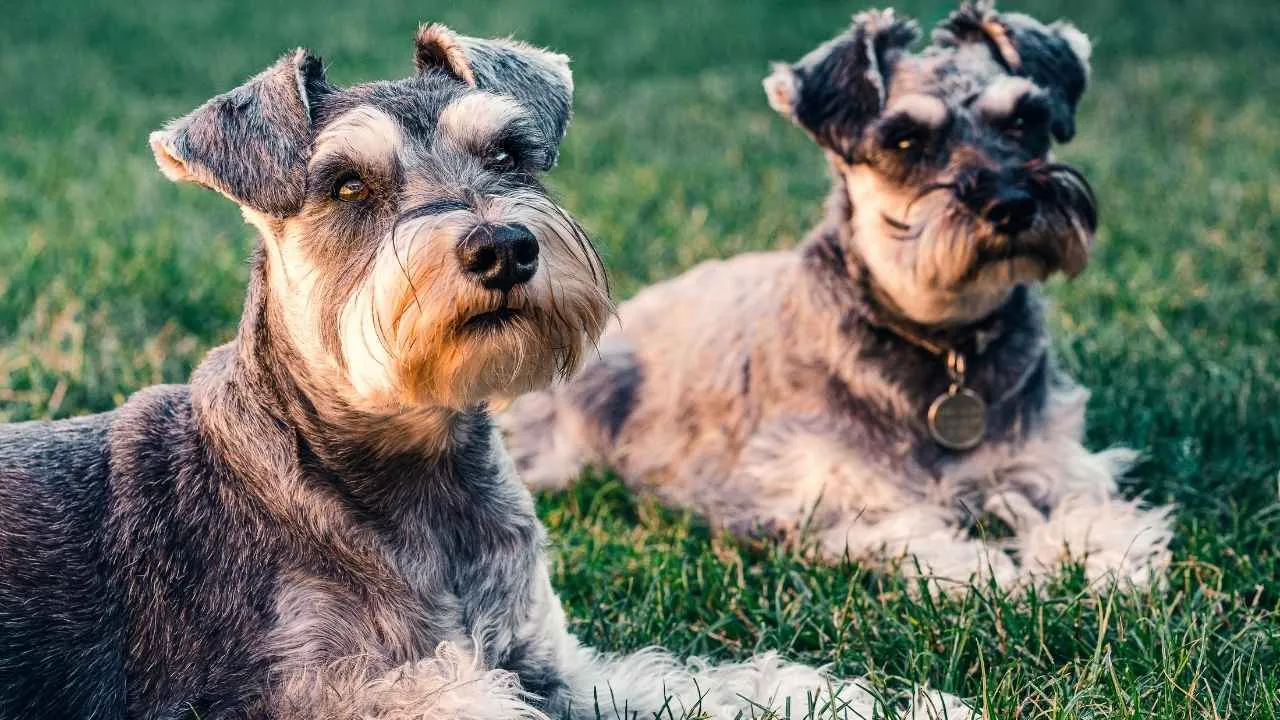
Don’t underestimate this small but mighty dog! Miniature Schnauzers may be compact, but they’ve got brains and attitude in spades—perfect for mastering those “left” and “right” commands like a pro.
Bred from their larger Standard Schnauzer cousins, Minis inherited the smarts and street smarts that make them quick learners and clever problem solvers.
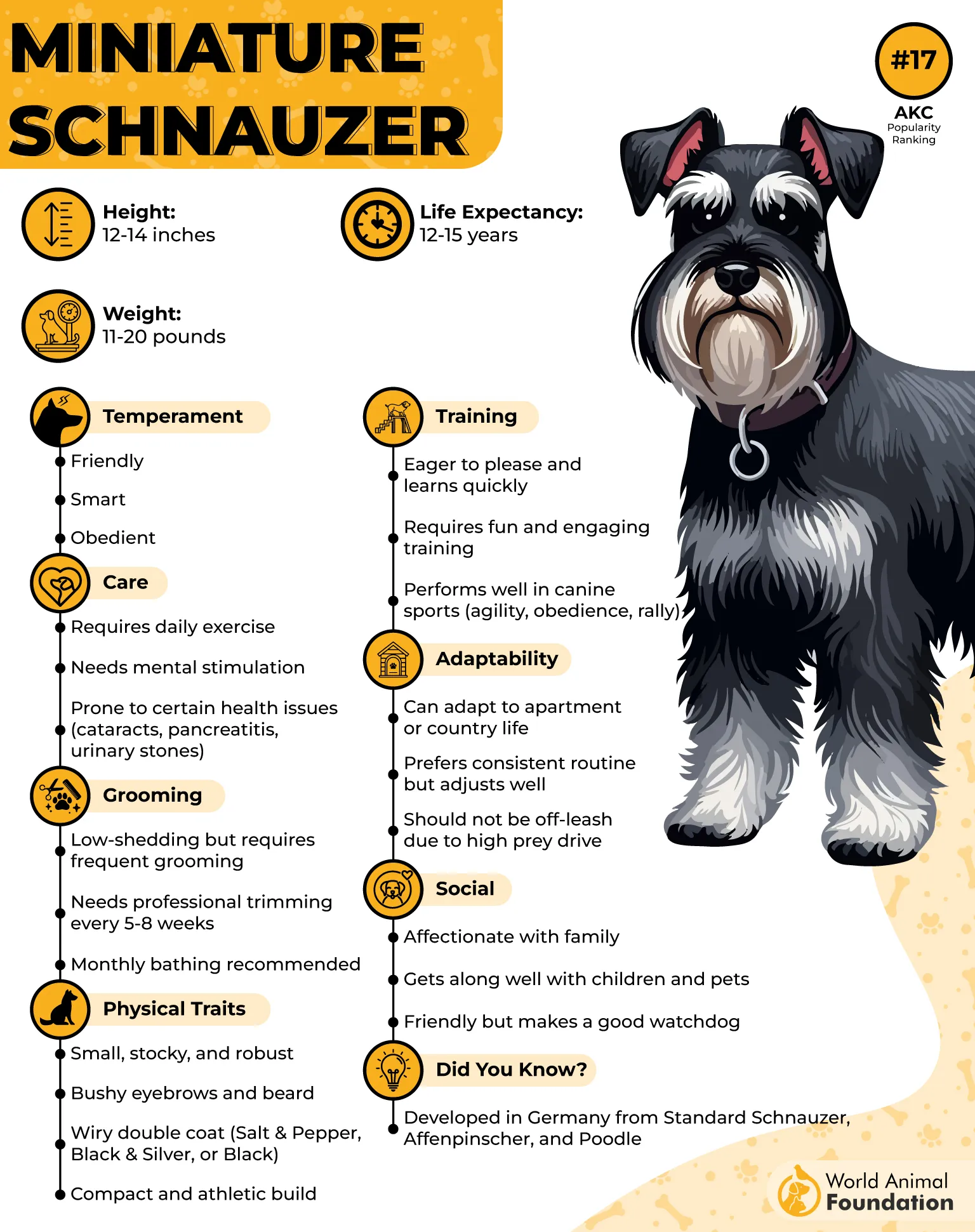
When you say “left,” they’re on it, ready to prove that size doesn’t matter when it comes to direction-following skills. Plus, their feisty, energetic nature means they’re up for any challenge — including navigating agility courses or tricky walking routes.
Here’s the twist: Minis are so clever that repetitive training can bore them faster than you can say “turn left.” Keep things fresh and fun, or you might find your schnauzer making their own “right” decisions—like heading for the cookie jar instead!
Training Tips:
✔ Start training early to set good habits and keep boredom at bay.
✔ Use varied rewards—treats, toys, or affection—to keep them engaged.
✔ Keep training sessions short and mentally stimulating.
Fun fact: Their expressive eyebrows might just be raising a skeptical “Really? Left again?” look if you don’t keep training interesting. But give them treats and praise, and your Mini Schnauzer will happily be your precise and playful direction guru.
7. Poodle
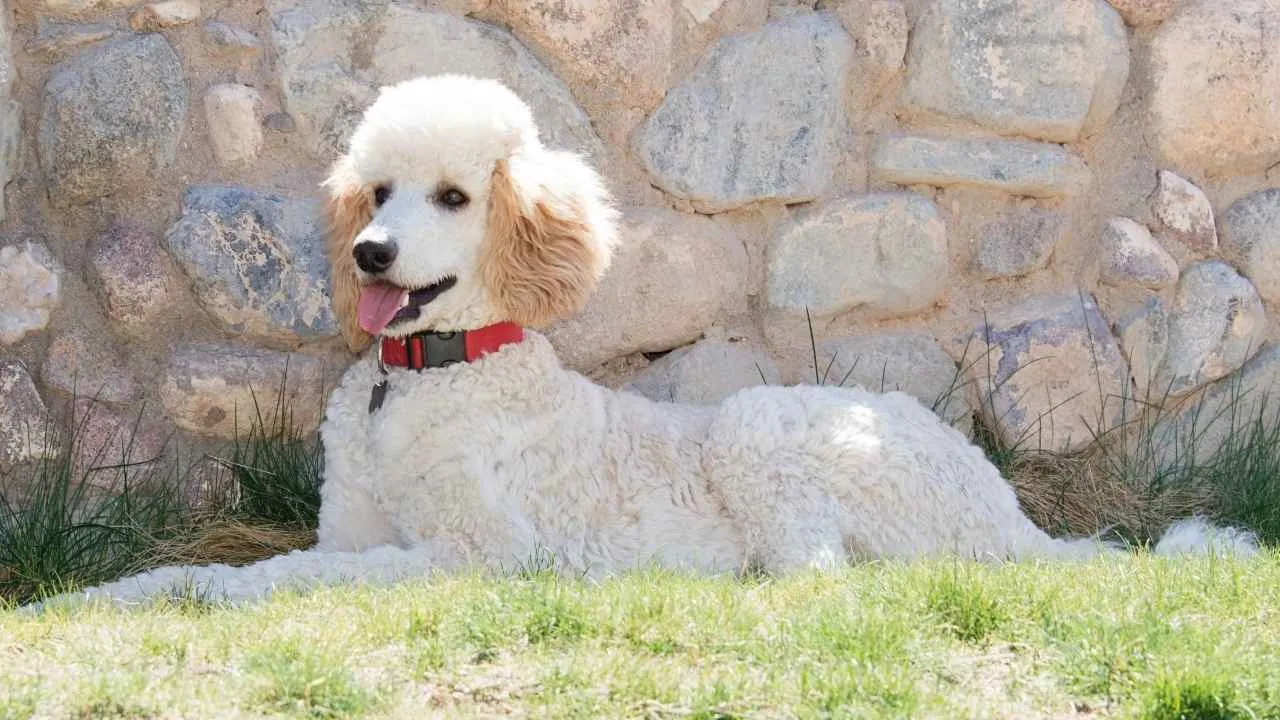
When you think “Poodle,” you probably picture that fancy haircut and graceful prance—but don’t let their posh looks fool you. These dogs are seriously sharp, like the Ivy League grads of the canine world, and they absolutely get what you mean when you say “left” or “right.”
Poodles are renowned for their intelligence and eagerness to learn, which means they catch on to directional commands faster than you can say “fetch!”
Whether you’re navigating a tricky agility course or just zigzagging through the neighborhood, your Poodle will be right there with perfect turns and maybe a little show-off twirl to keep things classy.
Just a heads up: With brains this big, Poodles can get bored with the same old commands, so keep training fresh and fun—maybe add a dance step or two. Who says “left” and “right” can’t be part of a performance?
Training Tips:
✔ Pair verbal commands with distinct hand signals to engage both ears and eyes.
✔ Use positive reinforcement with treats and enthusiastic praise.
✔ Practice commands in different settings to build reliability.
Fun fact: Poodles are so good at reading cues that sometimes it feels like they’re the ones giving you directions. So if you want a clever, elegant navigator with a flair for drama and precision, the Poodle’s got your back—and your left, and your right!
Conclusion
When training dog breeds that understand left and right commands, working with two dogs side by side often makes sense—it helps them mirror movements and learn faster. Watching videos of a skilled handler in action, regardless of location, can boost your progress. Don’t worry if things go wrong at first—watch, review, and try again. The difference between success and confusion may be as small as your hand line or slow timing.
A simple test at a short distance can reveal where to improve and how to better use cues. As you continue, you’ll see the benefit of consistent training. Choose a smart, herding breed if possible—they naturally pick up on directional cues. Always stop, start, and remember with patience. The kind of action you show matters, and over time, your dog will master left and right like a pro.


